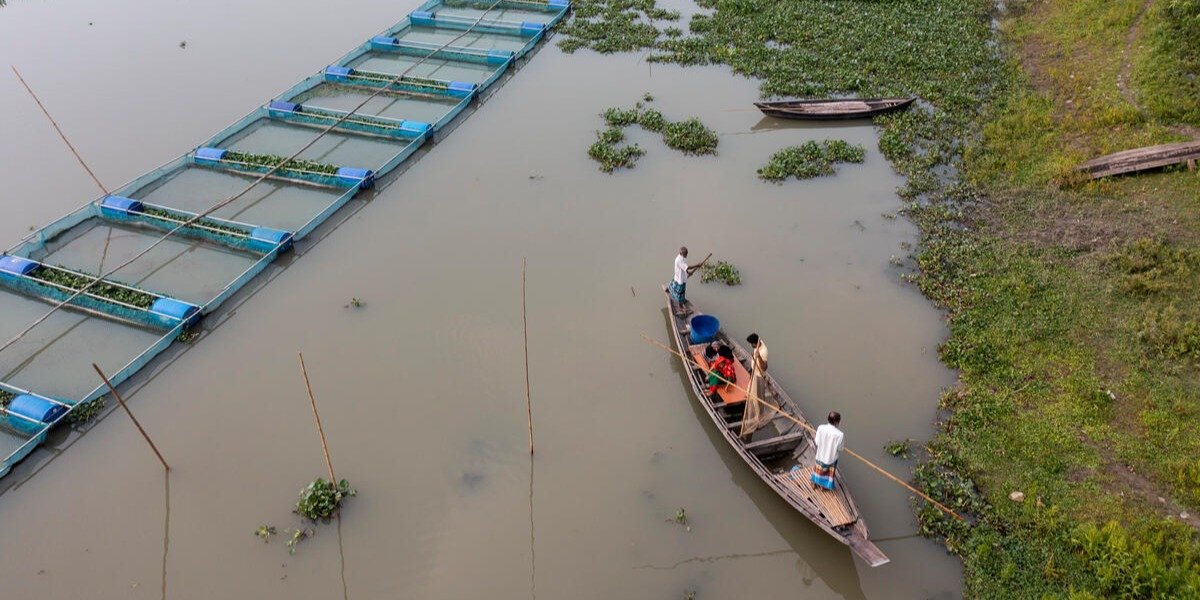Inside BENEO’s new pulse plant: pioneering sustainable protein from faba beans
Aquaculture surpasses capture fisheries in aquatic animal production for the first time, The State of World Fisheries and Aquaculture 2024 says
World fisheries and aquaculture production have hit a new high, with aquaculture production of aquatic animals surpassing capture fisheries for the first time, according to a new report from the Food and Agriculture Organization of the United Nations (FAO).
The 2024 edition of The State of World Fisheries and Aquaculture (SOFIA) said global fisheries and aquaculture production in 2022 surged to 223.2 million tonnes, a 4.4 per cent increase from the year 2020. Production comprised 185.4 million tonnes of aquatic animals and 37.8 million tonnes of algae.
“FAO welcomes the significant achievements thus far, but further transformative and adaptive actions are needed to strengthen the efficiency, inclusiveness, resilience and sustainability of aquatic food systems and consolidate their role in addressing food insecurity, poverty alleviation and sustainable governance,” said FAO Director-General QU Dongyu. “That’s why FAO advocates Blue Transformation, to meet the overall requirements of better production, better nutrition, a better environment and a better life, leaving no one behind.”
The SOFIA report will be formally launched at the High-level event on ocean action “Immersed in Change” in San Jose, Costa Rica
Aquaculture produces a record amount
In 2022 and for the first time in history, aquaculture surpassed capture fisheries as the main producer of aquatic animals. Global aquaculture production reached an unprecedented 130.9 million tonnes, of which 94.4 million tonnes are aquatic animals, 51 per cent of the total aquatic animal production.
Aquaculture growth indicates its capacity to further contribute to meeting the rising global demand for aquatic foods, but future expansion and intensification must prioritise sustainability and benefit regions and communities most in need.
At present, a small number of countries dominate aquaculture. Ten of them – China, Indonesia, India, Vietnam, Bangladesh, the Philippines, the Republic of Korea, Norway, Egypt, and Chile – produced over 89.8 per cent of the total. However many low-income countries in Africa and Asia are not using their full potential. Targeted policies, technology transfer, capacity building and responsible investment are crucial to boosting sustainable aquaculture where it is most needed, especially in Africa.

